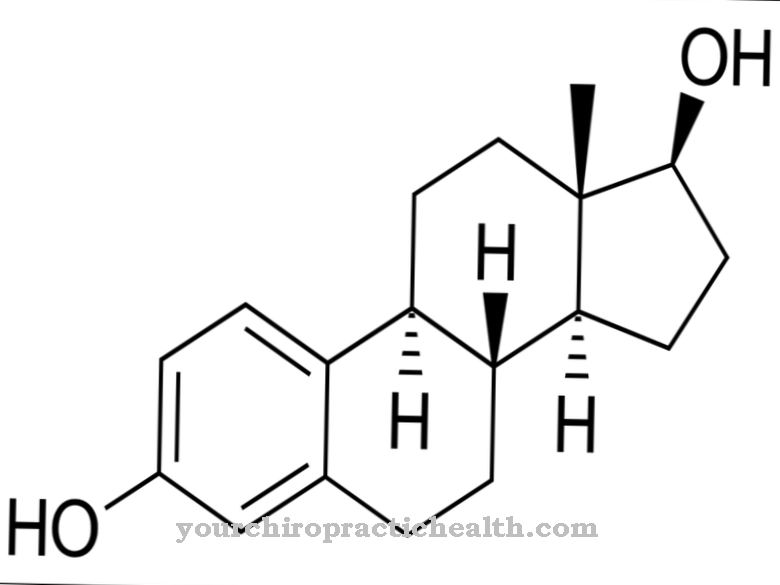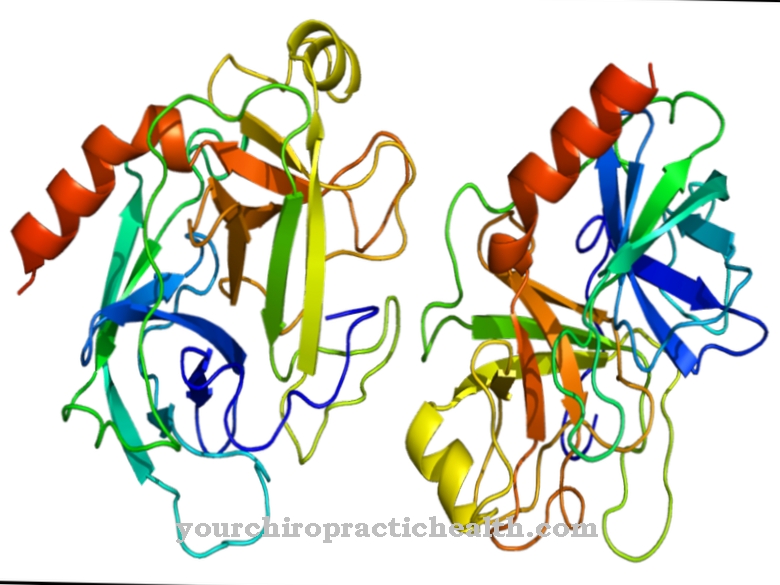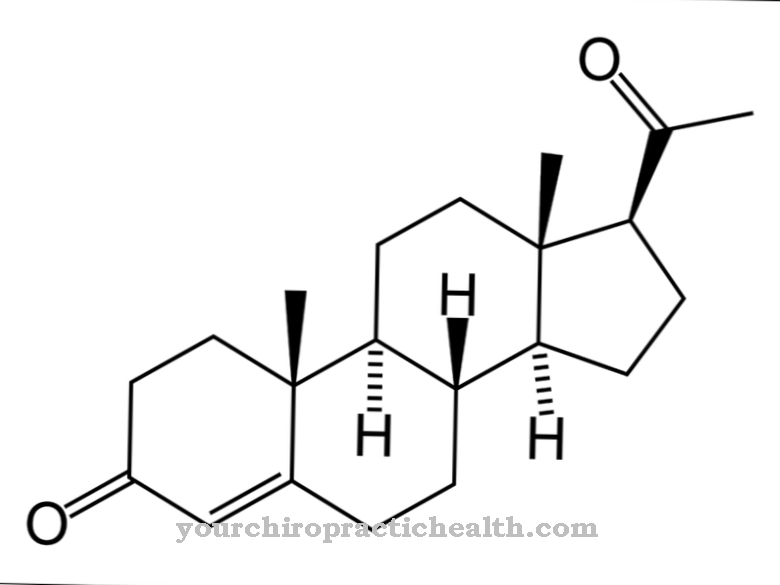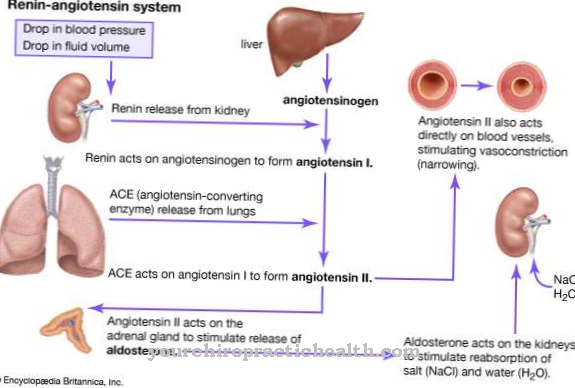Plasma cells arise from B cells and are therefore part of the immune system. This type of cell is a terminal stage of the no longer able to divide B cells, which is capable of producing antibodies. In diseases such as multiple myeloma, degenerate plasma cells multiply in a malignant manner.
What are plasma cells?
Plasma cells are blood cells also known as mature B lymphocytes. Like T lymphocytes, they are part of the immune system. All lymphocytes are white blood cells, i.e. leukocytes that play a role primarily in the immune response. They produce and secrete antibodies. As so-called effector cells, they are the product of the last differentiation stage of the B cell series.
Unlike B cells, plasma cells are no longer able to divide. They migrate through the blood into the bone marrow, where they are supplied by the stromal cells. They continue the production and secretion of antibodies there. After the last division, some of the B lymphocytes become so-called B memory cells, which are relevant for immunological memory and thus the ability of the human immune system to learn. Plasma cells are made from the B lymphocytes, which did not turn into memory cells after the last division. The immunologist Astrid Fagraeus first described the function of plasma cells in the 20th century.
Anatomy & structure
Plasma cells are activated B cells. They are activated by contact with a specific antigen. After activation, the B cells have become plasma cells via the plasmablast stage. The cells are round to oval in shape. They have a diameter of ten to 18 µm. Because of this small diameter, they can move in the thinnest branches of the bloodstream.
Instead of being granulated, its cytoplasm is basophilic. This final form of the B cells contains a relatively large amount of cytoplasm. The numerous layers of the endoplasmic reticulum enable plasma cells to synthesize a particularly large number of antibodies. In an eccentric position, they have a so-called wheel storage core. Because, unlike their preforms, they do not have MHC-II, they do not present any signals to the T helper cells. To do this, they still express a small number of surface immunoglobulins.
Function & tasks
B cells represent a specific antigen. When these cells in the lymph nodes meet specialized T helper cells whose specialization matches their antigen representation, the B cells are activated. Such a meeting can only take place after direct contact with a particular antigen. In this way, the B cells become plasma cells that produce antibodies themselves. Some of these plasma cells go back to the primary lymph follicles. There they form the germinal center.
However, plasma cells can only develop into a germinal center if they have been activated by a T cell. When activated independently of T cells, the B cells do not change isotype. They only produce antibodies of the IgM type and cannot develop into B memory cells. B cells in the germinal center change their isotypes and become plasma cells that produce antibodies with high affinity in various classes of immunoglobulins. Some of these cells become B memory cells, which provide the organism with information about the specific antigens.
Since the memory cells remember the first contact when they encounter an antigen again, they can be activated more quickly and ensure a more effective immune response. Plasma cells with high affinity antibodies from different classes make their way to the bone marrow. There they are supplied by the stromal cells and can thus release antibodies for a certain period of time. Due to their respective expression, human plasma cells can be characterized by the surface markers CD19, CD38 and CD138.
Diseases
The most well-known disease of the plasma cells is multiple myeloma, also known as plasmacytoma. In multiple myeloma, the plasma cells degenerate and malignant multiplication occurs. This disease is a cancer of the bone marrow. The degenerated cells normally still produce fragments of antibodies. The antibodies are absolutely identical to each other. The course of the craziness can be extremely different. While some forms of this disease can only be characterized as precancerous stages, others are highly malignant and are usually fatal within a very short time.
Bone pain, broken bones and a slow breakdown of the bone substance by the malignant antibodies are the main symptoms. The calcium in the serum is increased and the red blood cells are decreased. The degenerate antibodies are deposited in the organs and in the tissue and can cause symptoms such as kidney failure. Aside from diseases that affect the plasma cells themselves, the plasma cell count can signal various other diseases and ailments to the doctor. In the case of chronic alcohol abuse, for example, values in the serum that are too high can be determined.
In contrast, in the case of syphilis of the large lymph vessels, the concentration of plasma cells is reduced. The IgG4-associated diseases are probably also connected with the plasma cells. This is either an autoimmune disease or an allergic reaction. Finally, the disease has not yet been researched. The multiplication of IgG4-positive plasma cells in the organ tissue could, however, be observed as a disease criterion. The affected organ then becomes inflamed and nodular changes occur that are triggered by fibrosis. Usually these symptoms are accompanied by a severe fever.












.jpg)



.jpg)










.jpg)
